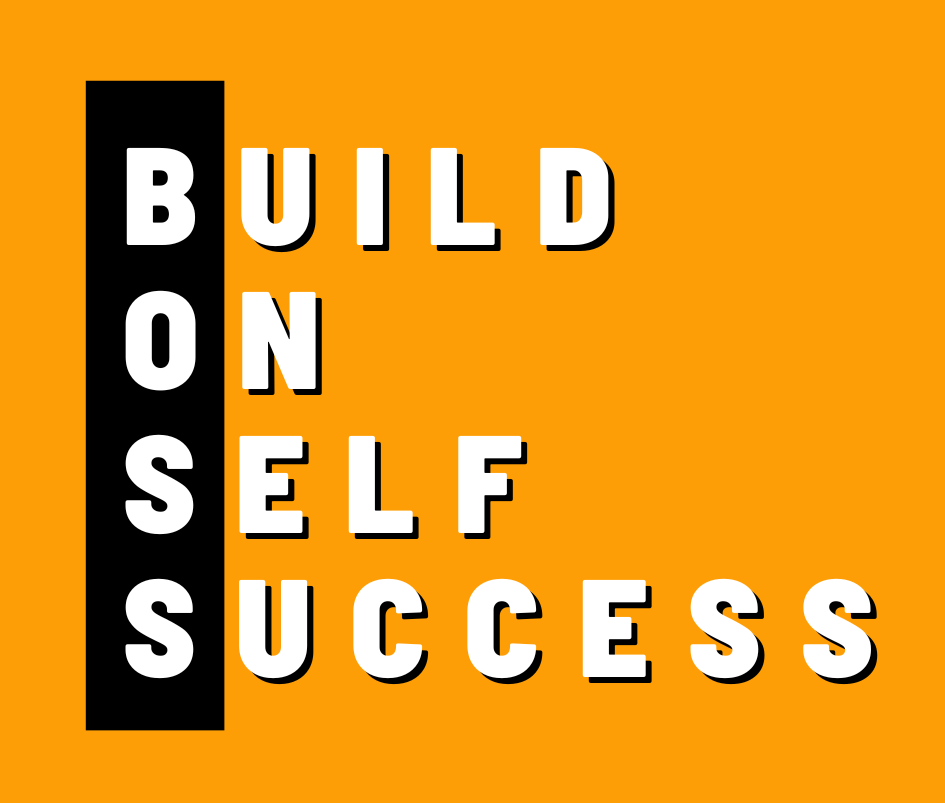There was a time when I thought the internet was like an African village square. You set up your goods, sit under the shade of a big tree, and people would just stroll in, admire your wares, and start buying.
I mean, why not? If you build it, they will come, right?

Wrong. The internet is nothing like that. In reality, it’s more like Balogun Market in Lagos or Times Square in New York—a place so loud, so chaotic, that if you stand still for five minutes, you disappear. You become invisible. And that, my friend, is how businesses die—not because their products are bad, but because no one even knows they exist.
The Myth of “Build It and They Will Come”
Back in the day, I poured my soul into my first major writing project, thinking the world would instantly recognize my genius. I clicked “Publish,” leaned back, and waited for my audience to flock in like ants to sugar.
Nothing happened.
I refreshed my page. Still nothing.
Days turned into weeks. The only person reading my posts was me. Even my own wife, who claims she supports my work, hadn’t clicked on a single link.
That was my brutal awakening. It didn’t matter how good my writing was if no one ever saw it. The online world is a traffic war zone, and the person who shouts the loudest (and smartest) wins.
Social Media Presence: When to Post and When to Shut Up
Social media is where the battle for visibility is won or lost. But let me be clear: posting every hour like a town crier on steroids won’t help you. People will just scroll past like they do when they see yet another pastor predicting doom for Nigeria.
When to Post:
- When you have something valuable to say (education, insight, or just good old entertainment).
- When your audience is active (not when they are sleeping or, in Nigeria’s case, stuck in traffic on Third Mainland Bridge).
- When you have a clear objective (drive engagement, build relationships, or make a sale).
When to Shut Up:
- When you’re posting just because you think consistency means volume. (It doesn’t.) ❌
- When you’re running on empty and everything you say sounds like recycled motivational nonsense.
- When you realize that the only people liking your posts are your old classmates who think you’re doing “one of those online things.”
I had to learn that the hard way. The balance between showing up and oversharing is like the difference between being a confident speaker and that guy at a party who won’t stop talking about crypto.
The Battle Between Consistency and Burnout
Here’s a universal fact: If you don’t show up, you don’t exist. But if you show up too much, people get tired of you. It’s like the Nigerian uncle who starts every sentence with “Back in my day…” People start tuning you out.
How I Found My Balance:
- Batch Creation: I write in bulk so that I don’t have to squeeze content out like garri during a fuel scarcity.
- Scheduling: I use tools to post at the right times so I’m not stressing about what to say every morning.
- Engagement Over Output: I focus more on starting conversations than flooding timelines.
- Rest: Yes, I take breaks. Even God rested.
For me, the golden formula is quality over quantity. My readers are not here for a flood of posts; they are here for impact. That’s why my frequency, length, and volume all depend on one question: Does this add real value?
Show Up or Stay Invisible
The hard truth? If you’re not visible, someone else will take your spot. And trust me, there’s always someone willing to take your audience’s attention.
But over time, I learned that visibility isn’t just about being everywhere—it’s about being unforgettable.
So here’s my rule: I show up when I have something meaningful to say, something that sparks thought, emotion, or action. No fluff, no noise, no “just because.”
And if that means I don’t post daily, so be it. My audience knows that when I do show up, it’s worth their time.
Now, Let’s Get Brutally Real.
As I conclude, here are some questions that many may be reflecting on:
Does simply creating great content attract the right audience? We wish the answer were a simple yes or no, but reality begs to differ. The best book ever written means nothing if it gathers dust in a dark corner of the internet. I have found that visibility is an active pursuit—one that requires marketing, engagement, and distribution. Are you actively promoting your content, or are you secretly hoping the algorithm will do it for you?
What’s your strategy for choosing when to post and when to stay silent? Finding this balance is like knowing when to speak up in a conversation. Do you have a content calendar, or do you just post when inspiration strikes? Do you track engagement trends, or do you throw spaghetti at the wall and hope something sticks? Share your approach—let’s learn from each other!
Is short-form content more effective than long-form, given shrinking attention spans? The battle between short-form and long-form content is like the age-old fight between fast food and a home-cooked meal. Quick, snack-able posts get instant engagement, but do they build lasting relationships? Or does long-form storytelling establish deeper credibility and connection? What has worked best for you?
The Blogger’s Dilemma: Will They Read, Love, or Cancel Me?
If you’ve made it this far, you already know that visibility is an active pursuit—marketing, engagement, and distribution don’t just happen by accident. But even after you show up, another fear creeps in:
- What if my content doesn’t perform well?
- What if my audience doesn’t connect with it?
- What if I wake up to a cancellation hashtag with my name on it?
These are the real fears that keep bloggers and writers pacing the floor at 2 AM, sipping on the last cold remains of their coffee. Let’s break them down.
1. The Acceptability Crisis – Will They Love or Roast Me?
Back in the day, you could write whatever you wanted, and only the village elders would summon you for questioning. Today? The internet is full of self-appointed elders, and one “wrong” sentence could get you crucified on the algorithm’s town square.
- Cultural Sensitivity & Political Correctness – One man’s joke is another man’s war cry. Writers constantly wonder: Is this clever, or will I trend for the wrong reasons?
- Platform Guidelines & Censorship – You craft a masterpiece, but social media decides your post violates “community standards.” Meanwhile, someone else just posted a cat wearing sunglasses, and it’s going viral.
- Authenticity vs. Viral Trends – Do you write what’s true to you, or do you jump on trends just to stay relevant? The battle between originality and engagement is real.
And let’s not forget…
- Will My Family and Boss Approve? – This is a common fear among Nigerian writers. What if my mother comes across this post and feels embarrassed, or what if a colleague reports it to my boss?
2. Performance Worries – The Sound of Nothing
Imagine spending hours crafting the perfect article, only to hit “Publish” and get…One like from your cousin and a “Nice” comment from a bot account.
- Engagement Anxiety – We all dream of posts blowing up, but instead, we get ghosted by the algorithm. Why does a random 10-second dance video get 1M views, while your deep, insightful post gets 3 likes?
- Short vs. Long-Form Content – Should you write an epic, thought-provoking piece, or just drop a one-liner and call it a day? (Spoiler: The algorithm loves short content, but real impact needs depth.)
- SEO & Discoverability – Writing for humans is hard. Writing for search engines? Even harder. What does a writer have to do to show up on Google’s first page?
3. Audience Connection – Will They Stay or Scroll Past?
Finally, even if people see your content, the real question is: Do they care enough to engage, share, and come back for more?
- Resonance & Relatability – Are you writing for your audience, or just writing at them?
- Reader Loyalty – Are they here for a one-time inspiration fix, or do they stick around?
- Handling Criticism & Trolls – Someone will disagree with you, no matter how well you write. The real challenge? Knowing when to respond and when to ignore.
The Final Thought: Will You Keep Showing Up?
With all these concerns, it’s easy to feel overwhelmed. But here’s the hard truth:
People won’t always engage. The algorithm won’t always favor you. Not every post will land. But consistency, strategy, and authenticity will always win in the long run.
So, dear reader, will you keep showing up, refining your craft, and adapting? Or will you let fear of invisibility, performance, or acceptability keep you silent?
Are you showing up with intention, or are you just another ghost in the digital crowd?
Drop your thoughts in the comments—let’s figure this out together.















